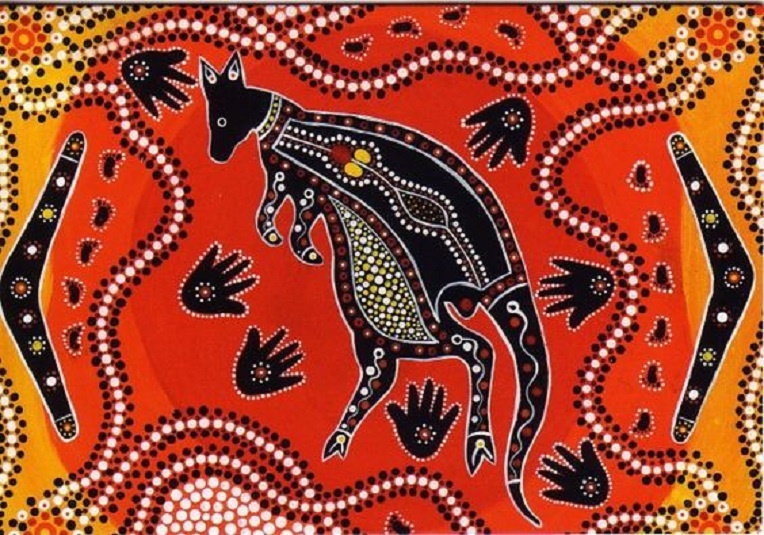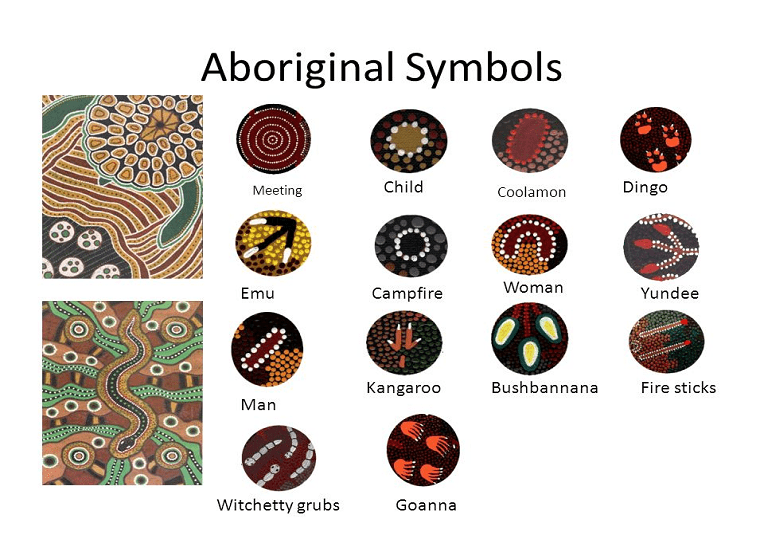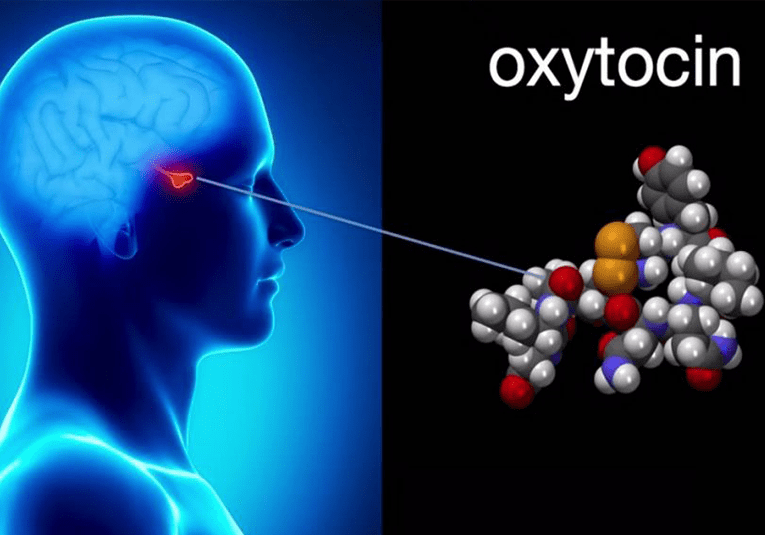Have you ever considered why some salespeople are more memorable than others? What are the key differentiation factors that separate them from others?
Often the remark has been made that he or she is “a born salesman” or that they have a true “sales personality”.
This could not be further from the truth.
One can assume that it might be easier for one person to sell vs. another, then it is fair to say that this applies to any skill out there.
What we know is that by using sales stories to sell your product, goods or services will help you close deals more than selling in a traditional way…
Why?
Because people remember stories 22 times more than just facts, features, advantages and discounts.
The secret is… that you will become more “memorable” in the eye of the buyer.
Let us have a look at the 3 reasons why sales stories help you close deals faster….
The origin of storytelling
Reason 1. It is the oldest way of communication
Storytelling was a way to share information over generations in ancient cultures, for information to be remembered and shared.
In fact, storytelling predates writing…


From the earliest recorded history, storytelling was a method used by cavemen to communicate, educate, share, and connect.
The Australian aboriginal people painted symbols on cave walls to help storytellers to remember their stories
The story was then told using a combination of oral narrative, music, rock art, and dance, which bring understanding and meaning of human existence.
With the arrival of the written word and the use of transportable formats, stories were written down, transcribed, and shared worldwide.
Stories have been carved, etched, painted, printed, or inked onto different types of mediums like:
- Wood
- Ivory
- Bones
- Pottery
- Clay
- Tablets
- Stone
- Skins (parchment)
- Paper
- Silk
- Other textiles recorded on film and stored electronically in digital form
The use of photography to tell stories

The world’s first photograph made in a camera was taken in 1826 by Joseph Nicéphore Niépce.
The evolution of storytelling
The invention of photography was a remarkable shift from the previous methods of storytelling, transforming into the silent movies.
The oldest surviving film was created by Louis Le Prince in 1888. It was a two-second film of people walking in “Oakwood streets” garden, titled Roundhay Garden Scene.
The development of American inventor Thomas Edison’s Kinetograph, a photographic device that captured sequential images, and his Kinetoscope, a device for viewing those images, allowed for the creation and exhibition of short films and stories.
Storytelling and the arts
At the end of the day, a good salesperson is like William Shakespeare weaving an intricate storyline or Leonardo Da Vinci painting brushstrokes on a canvas.
Artisans of their craft. Customers want to make smart decisions that help them solve big problems. The better a salesperson crafts a story that speaks to their customer’s pain points, the better sales success will follow.
We often have more or less than 30 minutes to engage with our customers (excluding marketing materials like catalogues, websites, etc.) and so the sales messages had to shift from an easy-to-understand single idea to a series of compelling stories that drove a deeper engagement that lasted longer.
Another reason why sales stories help you close deals faster
Reason 2. Storytelling fosters a deeper emotional connection with the customer
By communicating through stories, you produce oxytocin in the brain’s hypothalamus. Oxytocin is a hormone and a neurotransmitter that is involved in childbirth and breast-feeding.

It is also associated with empathy, trust, and relationship-building. It has physical and psychological effects, including influencing social behaviour and emotion.
Reason 3. Storytelling is a powerful approach to learning
As salespeople, we should always be looking for ways to learn more about the product or services that we represent, and the customers that we serve.
By using sales stories, we can transmit knowledge and meaning.
We learn from observation, memories, first-hand experiences, and by sharing those experiences through stories.
If storytelling is used effectively, it can be an especially useful tool for salespeople to understand what is going on in their industries and what it means to the customer, consumer, society, brand, and company.
Why should a customer give you their time?
Customers are not just looking for different experiences.
The world of media is inundated with information constantly bombarding the brain.
Sales stories are not just a creative approach to selling. It gives your consumers a totally different experience to your brand that they will relate to.
You are probably wondering what sales stories you should tell?
Think back on the traditional way of starting a story by “Once upon a time…” and use this to help you craft your own stories.
It will help you reflect back on events and experiences where you encountered an interesting situation that you can share with your listener.
Use the STAR Method as a base for great sales stories.
Even though this is a great interviewing tool to extract behaviours and competencies it can be used effectively in sales stories.
STAR stands for Situation, Task, Action, Result.
Using this strategy is particularly helpful in storytelling.
When preparing your sales stories, it is best to write them down, the first step would be to think of “Situations” that would relate to the situation you are in.
Then describe the job or “Tasks” that needed to be executed, followed by the “Actions” you took and finally, the sweet spot of the story, the “Result” or outcome.
Also, do not be afraid to use humour.

Everyone loves a good story with a great lesson or a happy ending.
Remember to create oxytocin in your customer’s brain that will evoke empathy and trust.
An expert in creating sales stories is Professor Ramez Helou to learn more about sales stories visit the Academy For Sales Excellence.
Happy sales everyone!
Written by
Munene Nel




